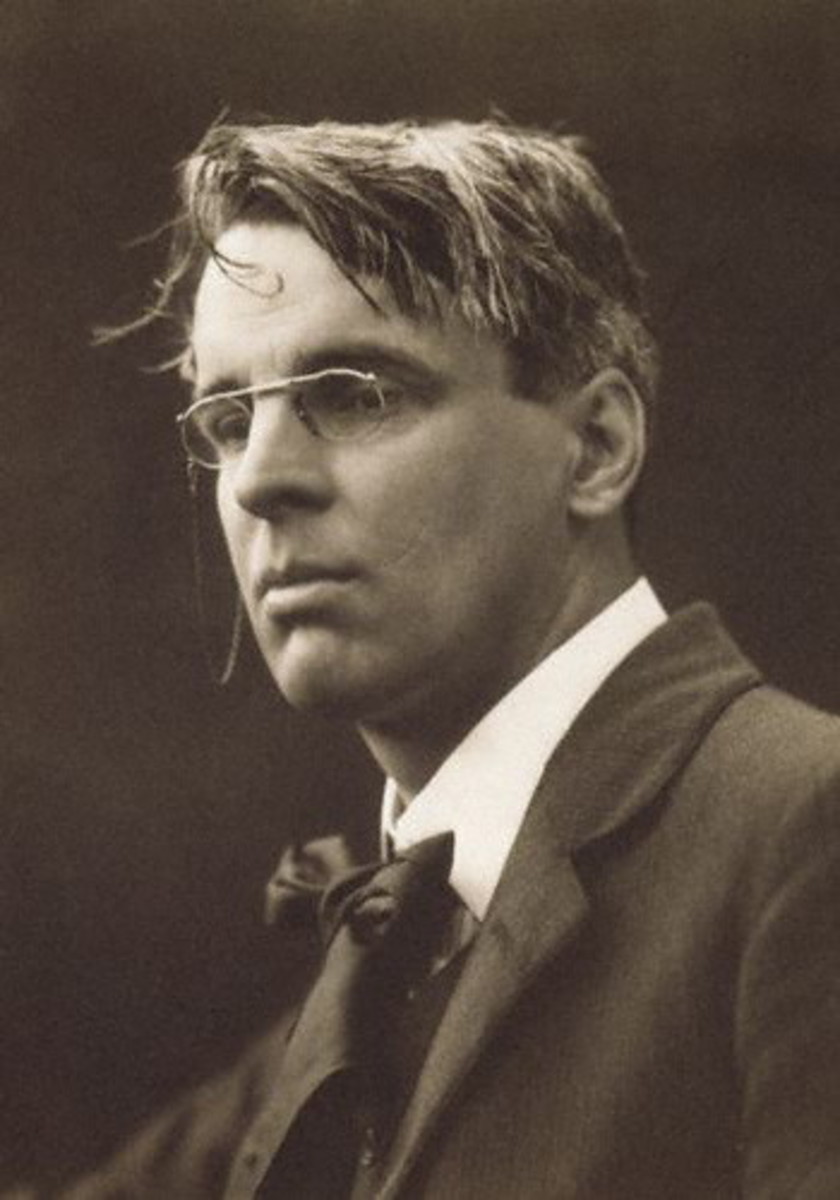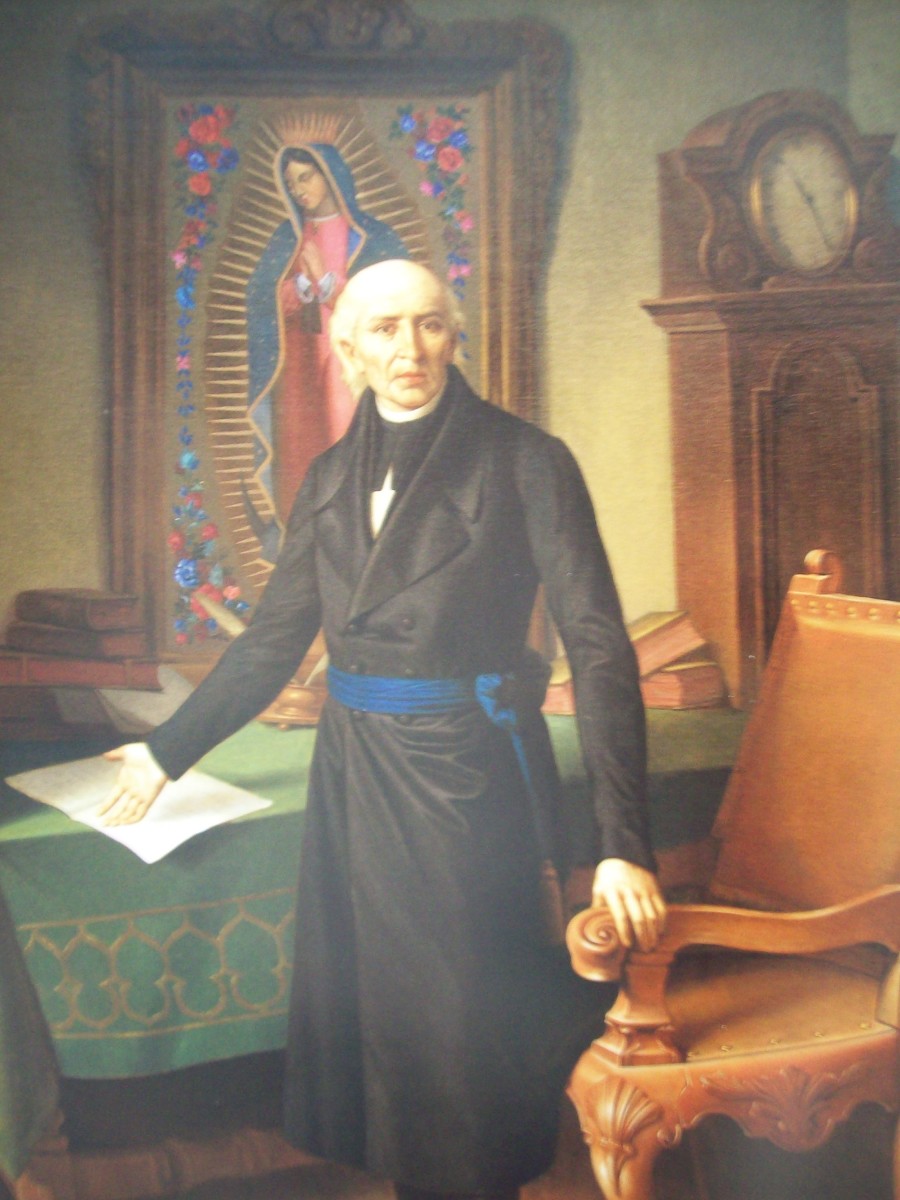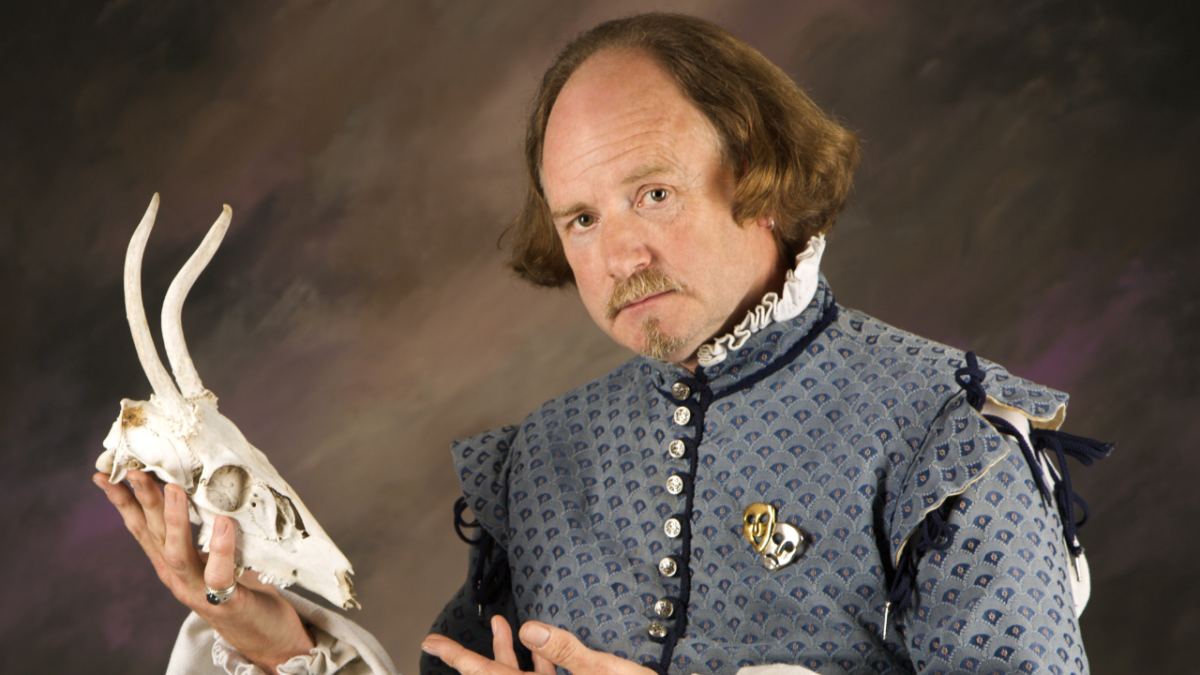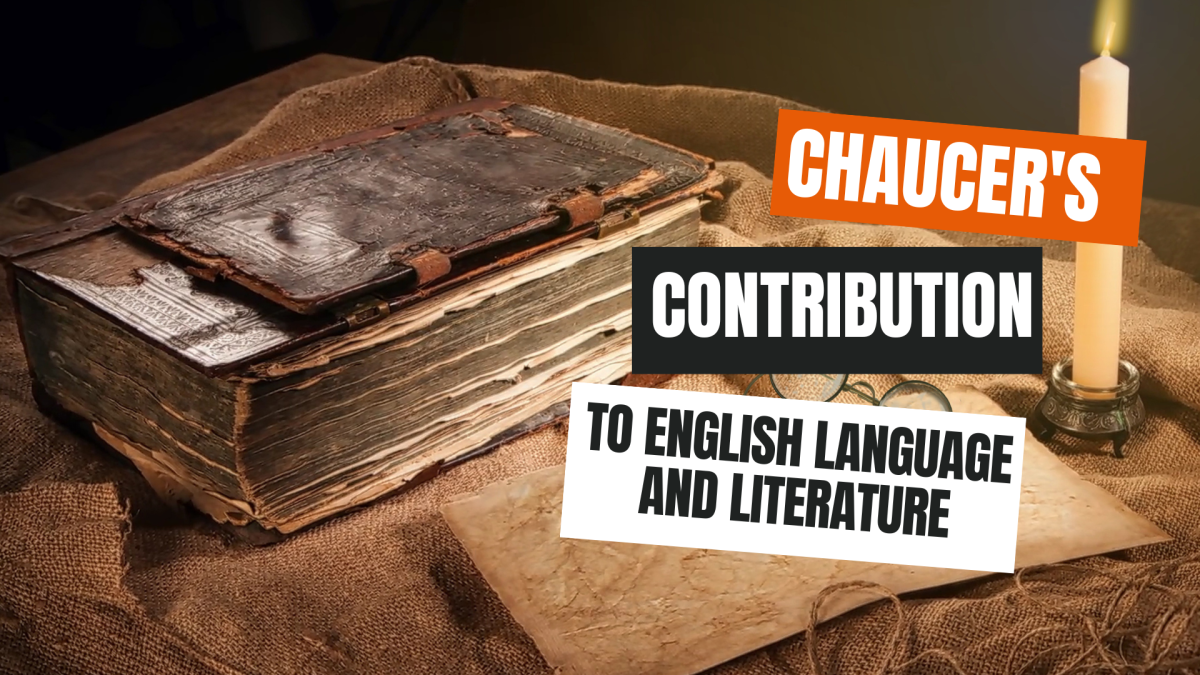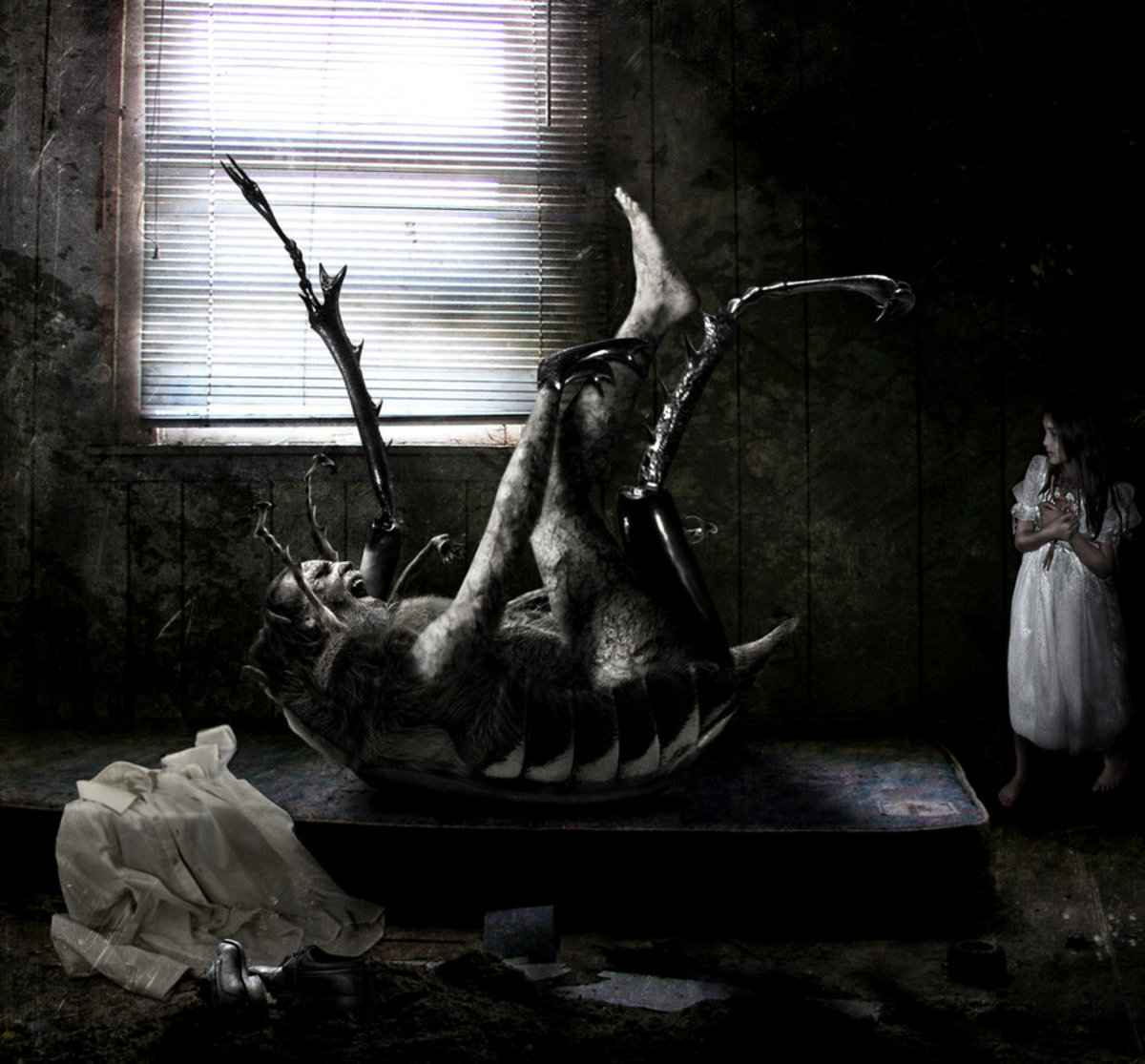UP THE IRISH X!- WAR OF INDEPENDENCE/CIVIL WAR, 1919-23
UP THE IRISH! X- WAR OF INDEPENDENCE/CIVIL WAR 1919-23
The British promise of self-government for Ireland at the end of World War I proved hollow. The Irish people did go to the polls in December, 1918, and voted overwhelming for Sinn Fein (73 out of 105 Parliamentary seats), a political party founded in 1905 by journalist Arthur Griffith, which called for an Irish Republic. The sacrifice of the 1916 martyrs made Home Rule within the British Empire unacceptable, only complete independence would do. London decided to ignore the mandate of the Irish nation, once more bowing to pressure from the Ulster Unionists, to whom an independent Republic was a worse calamity than Home Rule. Ireland would have to fight for her freedom.
Survivors of the Easter Rising had been released from British internment camps in 1917-18, and returned home to rebuild their military organization. The Volunteers received a new name- the Irish Republican Army- as units around the country began training, though lack of weapons remained a major problem. Leaders included Emanon DeValera, only 1916 senior commander left, who had been spared the firing squad due to his American birth; Michael Collins (aide to Padraic Pearse), and Cathal Brugha, GPO veteran. Besides military preparation, an Irish Parliament, the Dail, was established, with DeValera as president; Collins, Brugha, and Arthur Griffith were among its Cabinet ministers. Republican courts were also created around the country to replace British justice.
The IRA discovered the best way of obtaining arms was to raid RIC (Royal Irish Constabulary) barracks. The new army was organized into brigades- Cork # 1,2,3 being the most well known, whose flying columns (30 men or so) would strike the enemy, before fading back into the hills. The Dublin Brigade, under Michael Collins control, concentrated on neutralizing the British Administration in Ireland, run out of the notorious Dublin Castle. The use of paid informers was how the Castle crushed rebellion in the past. Collins and his 12 Apostles (specially chosen hit-men) made life very uncomfortable for informers and their British handlers. In September, 1919, Commandant Liam Lynch and Cork #2 struck the first major blow at British occupation forces, attacking a column on its way to Sunday services. For the next two years, the struggle would see-saw violently back and forth. Lynch and Cork #2, as well as #3 under Tom Barry, scored numerous successes against the foe, as did other brigades around the nation.
Not surprisingly, the British responded with terror and intimidation. Unable to defeat the IRA in the field, defenseless towns were sacked and burned. The republican mayor of Cork City, Tomas MacCurtain was brutally murdered in his bed; his successor Terence MacSwiney was arrested, and died on hunger strike in prison. MacSwiney issued a moving testament from his jail cell- “It is not those who can inflict the most, but those who can endure the most who will conquer.” Frustrated at the fierce resistance, London sent a disreputable and loosely disciplined force, the infamous Black and Tans (so named for the color of their uniforms), to cower the Irish people into submission. It did not work, and only caused the conflict to become more bitter and savage. Public opinion in Britain, and around the world, was shocked by the excesses committed by her Majesty’s troops. “What is being done in Ireland is exactly what we condemned the Germans for doing in Belgium.”- Archbishop of Canterbury, 1921.
The British government finally sent out peace feelers to the Dail in the summer of 1921, which DeValera, as president, accepted. A truce was declared, and an Irish delegation sent to London to negotiate a treaty. Inexplicably, DeValera did not go himself (his counterpart, PM Lloyd George headed the British team), but chose Collins and Griffith to lead the Irish delegates. The inexperienced Irish diplomats were no match for seasoned political veterans, like Lloyd George and Winston Churchill. The news from London created unease among the IRA- “We started this war with hurleys, but by heavens, it seems to me, we will finish it off with fountain pens.”- Sean Moylan, Cork Brigade, 1921. Their fears were not unfounded. The best Collins and Griffith could wrest from the British was a 26 county Irish Free State, with a Parliament in Dublin, but still a member of the British Empire. 6 counties in the northeast corner of the island would remain under Protestant control, a final cave-in by London to the Ulster Unionists. The goal of an Irish Republic was not realized.
The Irish delegation, particularly Collins, knew the treaty would not be well-received back home. As Winston Churchill noted, “Michael Collins rose looking as though he was going to shoot someone, preferably himself.” Collins himself agreed, “I have signed my own death warrant.” Sadly, he was not mistaken. The Anglo-Irish treaty of 1921 divided Ireland and the IRA. Supporters of the treaty lined up behind Collins and Arthur Griffith, who saw it as a stepping stone to a Republic. Anti-treaty forces rallied behind DeValera, who resigned as president of the Dail, and traveled the country making speeches against ratification of the agreement. The Dail approved the treaty, 64 to 57, and scheduled a nation-wide referendum in June, 1922.
A Free State government was established with Griffith as president, which began assuming administrative functions from the British, whose troops started withdrawing from the nation. Many IRA leaders, especially outside Dublin, felt they had not been properly consulted while negotiations took place, and had no intention off accepting the treaty. They wanted to fight on for a Republic. As Liam Lynch, who ascended to overall IRA command, proclaimed, “We have declared for an Irish Republic, and will not live under any other law.” The country began to drift toward civil war.
The Irish people ratified the treaty, though it seemed more a vote for peace than the document itself, as the terms were not published until the morning of the vote. Unfortunately, fighting had already broken out between pro and anti-treaty forces. Civil war lasted until 1923, and was more savage, if possible, than the War of Independence had been. Atrocities were committed by both sides. The most notorious example being the Free State tying 9 Republican prisoners to a land-mine and detonating it, in retaliation for 9 of their men dying from a similar device. The Free State government also took to executing Republican prisoners (77 in all faced the firing squad), leading William Butler Yeats to bitterly comment, “The government of the Free State has been proved legitimate by the only effective test- it has been permitted to take life.”- 1923.
The Free State, supported by the British, eventually wore down Republican resistance. The toll had been disastrous for leadership of the country: Michael Collins and Arthur Griffith dead in August, 1922, Collins by ambush in his native Cork, Griffith by heart attack; Cathal Brugha, Liam Lynch, Harry Boland, Liam Tobin, among others, died in the fighting or were executed. The cream of Irish manhood was dead, in internment camps, or driven from the nation. The bitterness and division long lingered, dominating the political scene and life in Ireland for many decades to come. That is to say nothing, of course, of the 6 northeast counties left out of the Free State, and what it meant to the Catholics living there.
“The disaster of this war is sinking into my very bones, when I count the loss of Irish manhood and the general havoc of Civil War. Who could have dreamt that all our hopes could have been so blighted.” –Liam Lynch, 1922.

